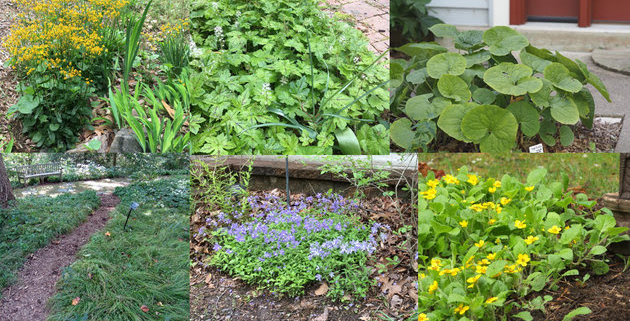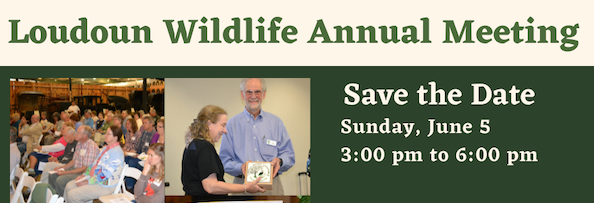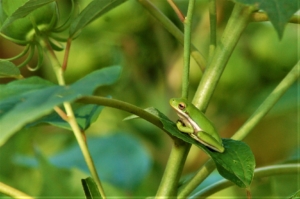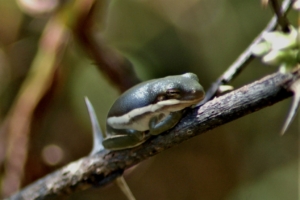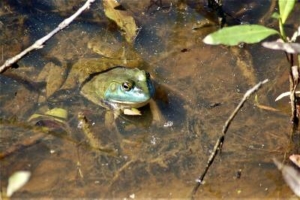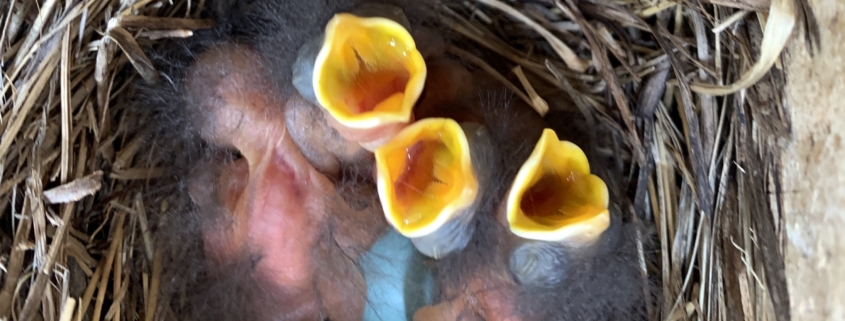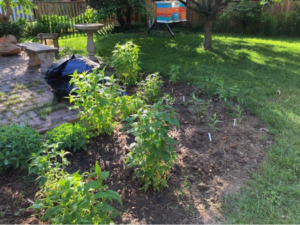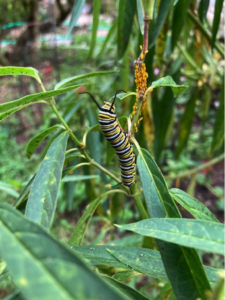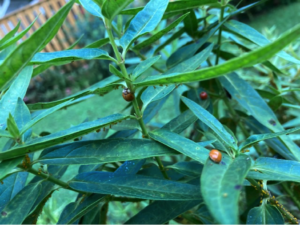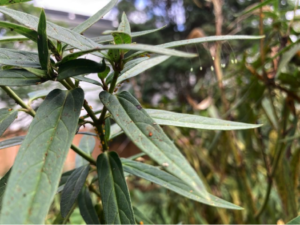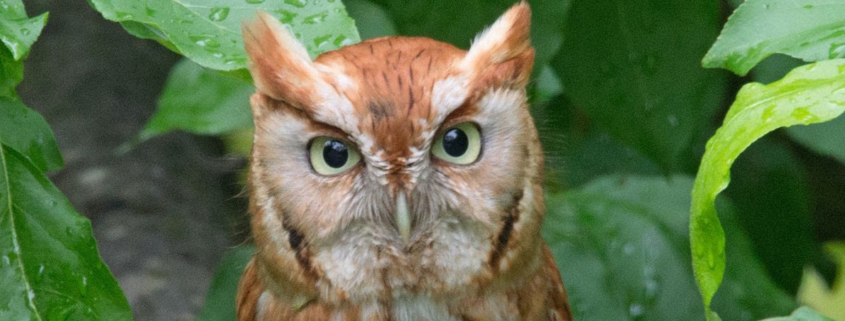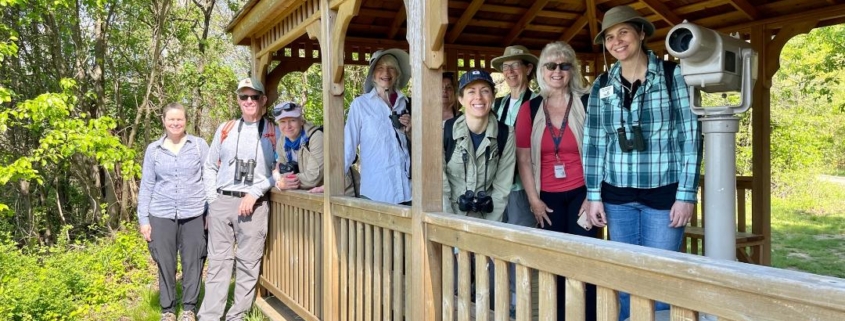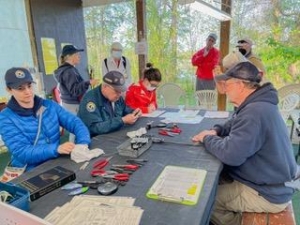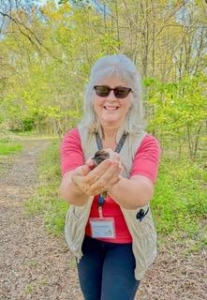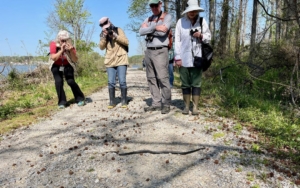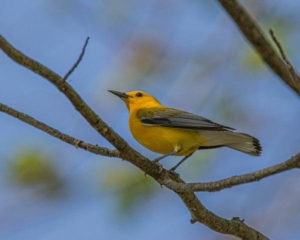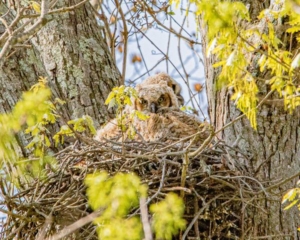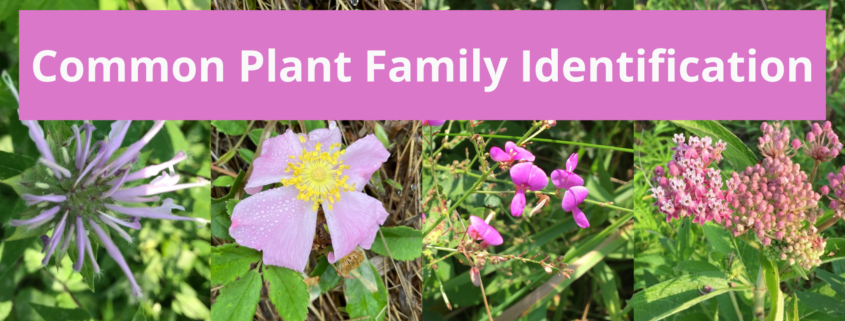Native Groundcovers and Trees: The Perfect Pairing!
Photo and article by Plant NOVA Natives
Native groundcovers are becoming increasingly popular, for good reason: even if they have minimal time for gardening, people want to use native plants to support our local birds and butterflies. To avoid invasive non-native groundcovers such as English Ivy, Vinca, Yellow Archangel, and Japanese Pachysandra, they turn to native plants for the same landscaping benefits without the damage to our trees and the rest of the environment.
Equally popular among time-pressed residents are native trees, which are similarly easy to install and which have benefits that far exceed those of any other plants. Not only does the great mass of tree leaves and roots provide food and homes for birds, soak up stormwater, and cool the air, the insects that evolved with native plants are adapted to the chemical make-up of those plants and are able to co-exist peacefully with them. An American Beech tree, for example, is the host plant to 126 species of lepidoptera (butterflies and moths), Hickory to 200 species, Black Cherry around 450 species, and native oaks over 500 species. (The numbers for non-native trees are in the single digits or even zero.)
Over 30 species of locally native plants make excellent groundcovers, with options available for any growing condition. Several are evergreen, and many have the bonus of a month or two of colorful flowers. Some form a tight mat on the ground, while others such as ferns and White Wood Aster provide a taller look. Native sedges provide even more options. Some sedges make a beautiful substitute for the invasive Liriope, some look more like a grass that never needs mowing, and still others sport spiky seed heads that add a touch of quirkiness to the garden. Our local conventional garden centers are starting to carry some of these plants, and many more can be found at native plant garden centers.
Encircling native trees with native groundcovers makes eminent sense. Turf grass does poorly under trees because of the limited light. Trees do not appreciate lawn chemicals, not to mention the risk of injury from lawnmowers and string trimmers. A harmful but common practice, especially in commercial areas, is to pile layer after layer of mulch in a “mulch volcano” around trees and spray it with herbicides to prevent grass and weed growth. Not only does this poison the soil, but mulch that is touching the trunk will rot the bark, and compacted mulch prevents rainwater from reaching the roots. Arborist wood chips, which allow the water to run through, are an improvement over shredded bark mulch if applied properly and can protect the tree as it gets established. But in the long run, why not use nature’s alternative to a toxic mulch bed, which is to allow the fallen leaves to remain in place and add a “green mulch” made up of native plants? The trees and the soil will thank you for it.


